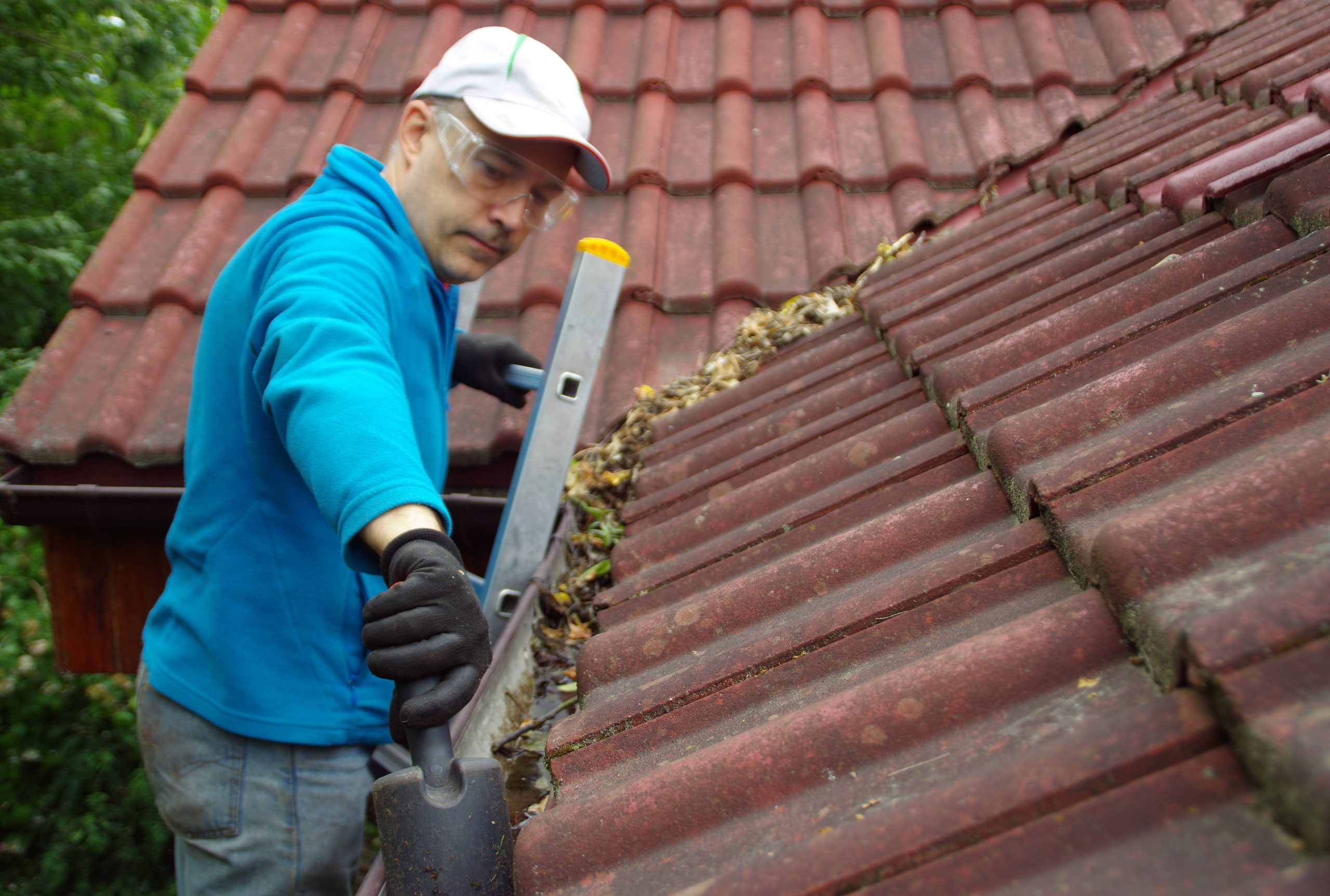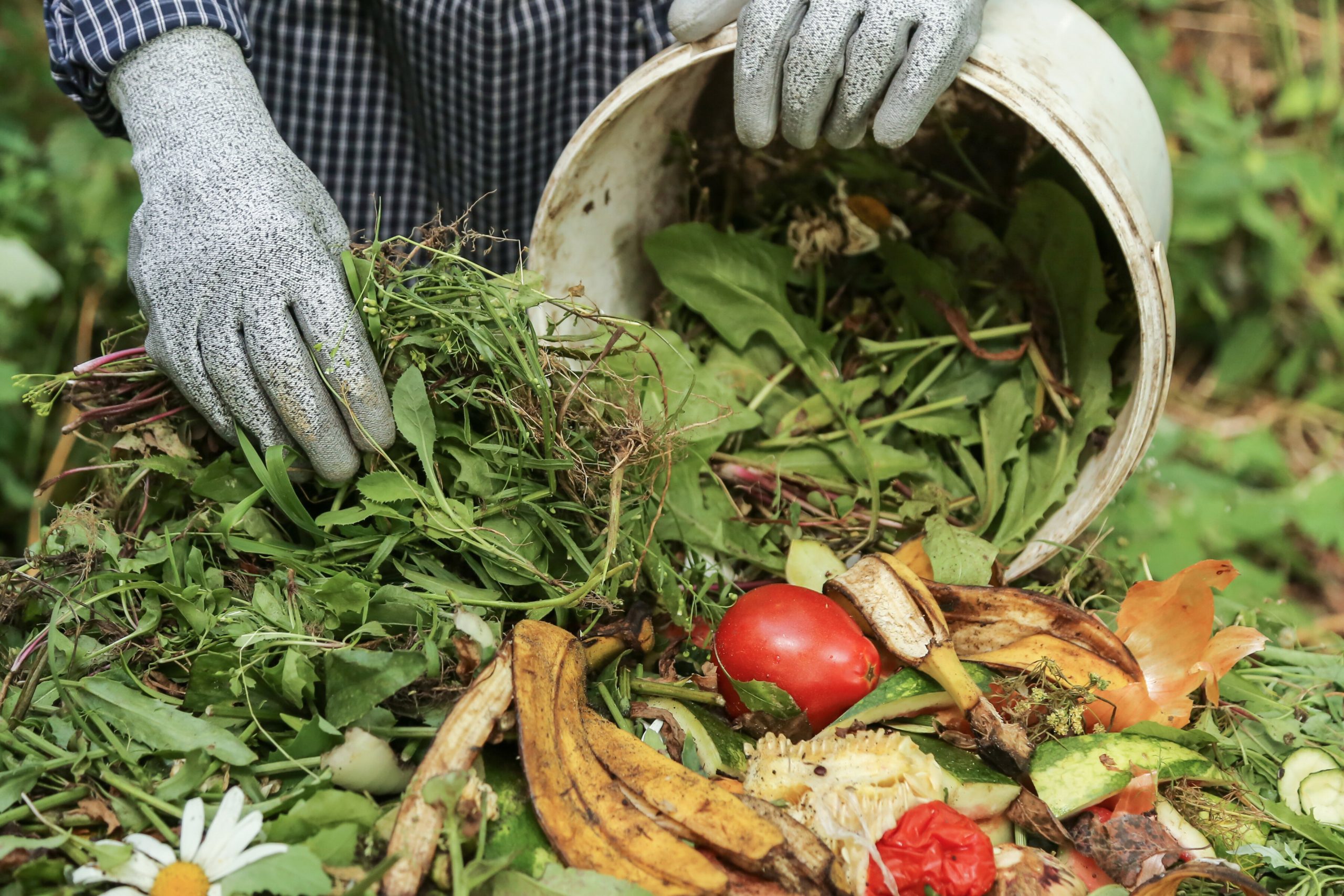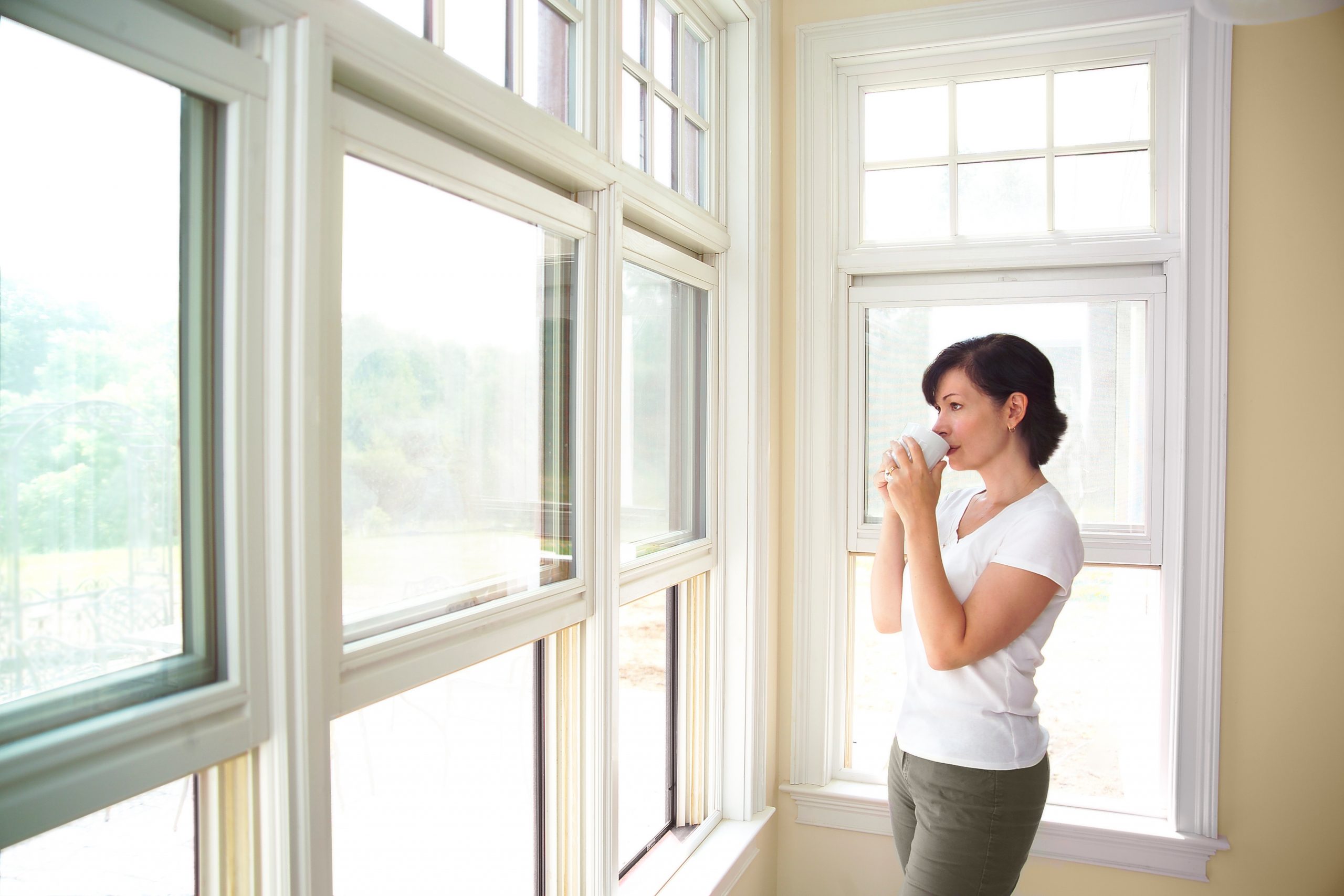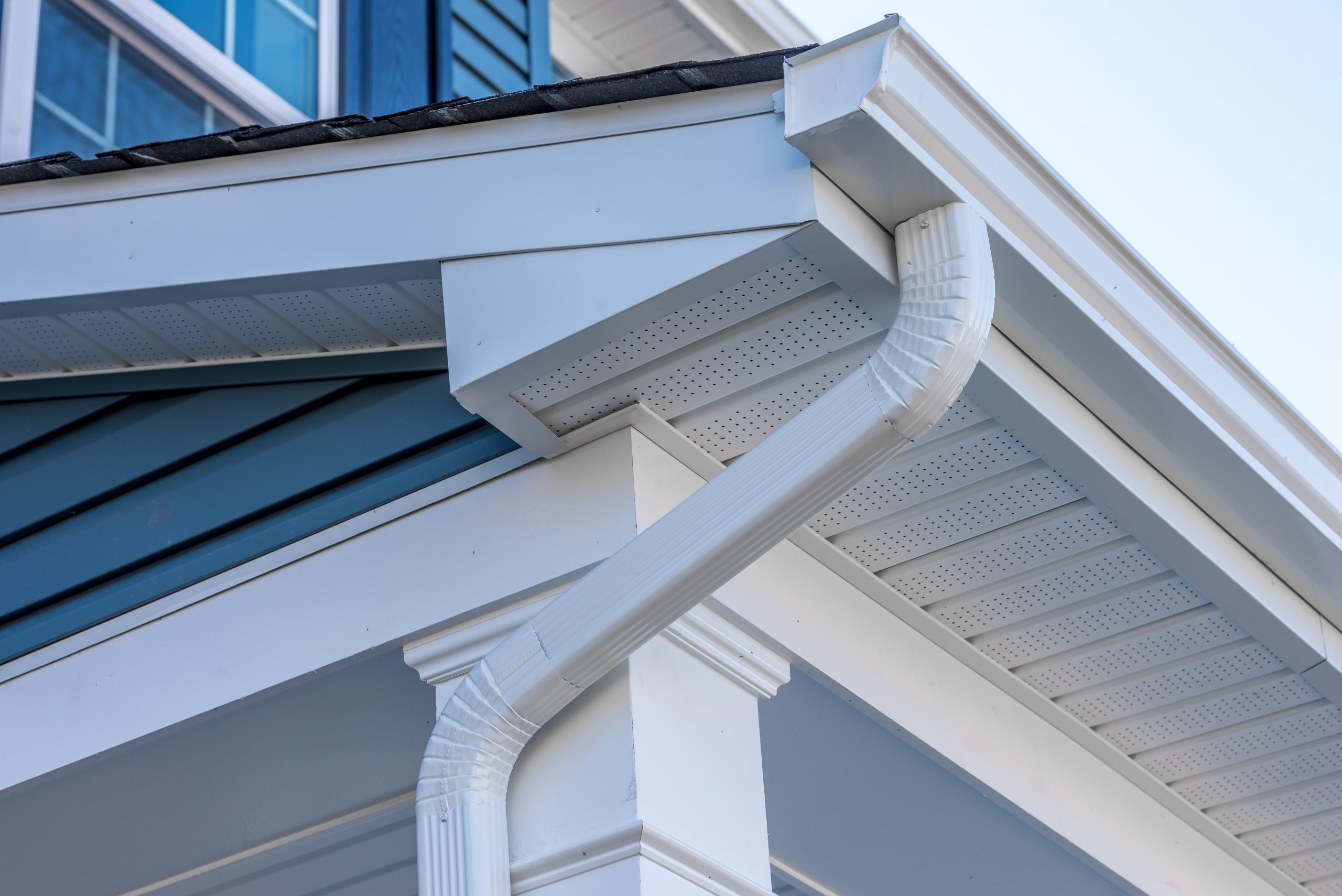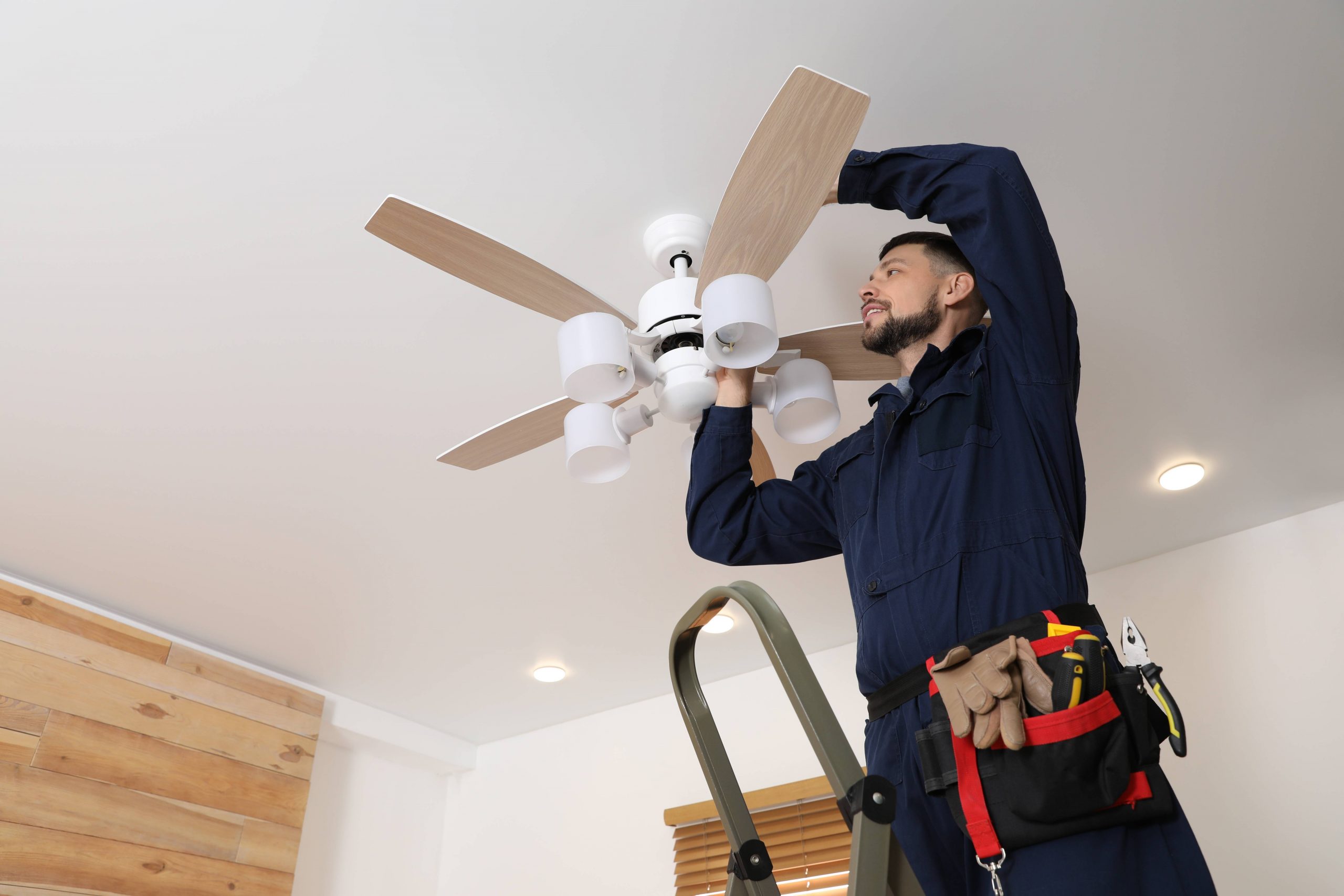Table of Contents
How to Reduce Water Waste at Home and Lower Your Bill
Water is one of our most valuable resources, yet many households use more than they need—leading to higher bills and unnecessary waste. The good news is that you can cut back on water usage without sacrificing convenience. By making a few simple changes, you can save money and help the environment at the same time. Here are some easy, budget-friendly ways to reduce water waste at home and lower your bill.
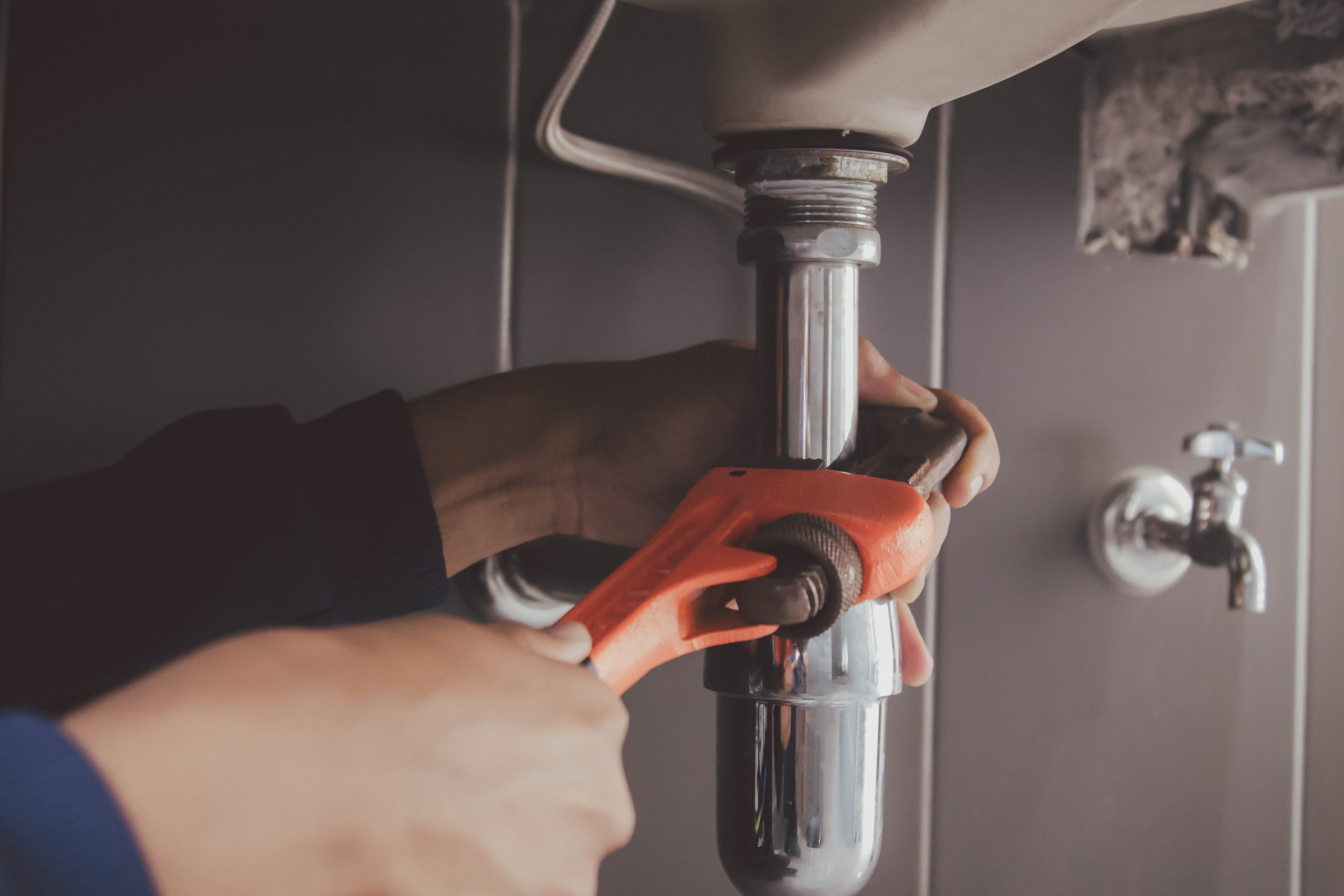
Fix Leaks and Dripping Faucets
Even a small leak can waste hundreds of gallons of water over time. A faucet that drips once per second can waste up to 3,000 gallons per year—enough to fill a swimming pool!
- Check for Leaks: Inspect sinks, toilets, and outdoor hoses for leaks.
- Fix Dripping Faucets: Replacing a worn-out washer or O-ring can stop most faucet leaks.
- Test Toilets for Leaks: Add a few drops of food coloring to your toilet tank. If the color appears in the bowl without flushing, you have a leak that needs fixing.
Upgrade to Water-Efficient Fixtures
Installing water-saving fixtures can significantly reduce your water use without affecting performance.
- Low-Flow Showerheads: These can reduce water usage by up to 50% while still providing strong water pressure.
- Faucet Aerators: These small devices attach to your faucet and reduce water flow without noticeable changes in function.
- Water-Efficient Toilets: If your toilet is older, consider upgrading to a low-flow or dual-flush model, which uses less water per flush.
Be Smart About Laundry and Dishes
Washing clothes and dishes efficiently can cut down on unnecessary water waste.
- Run Full Loads: Only run your dishwasher and washing machine when they are full to maximize efficiency.
- Use the Right Settings: Many washers have eco-friendly settings that use less water. Use cold water when possible to save on energy costs, too.
- Skip Pre-Rinsing Dishes: Modern dishwashers can handle dirty dishes without the need for pre-rinsing, saving gallons of water per load.
Shorten Your Showers
Long showers are one of the biggest sources of indoor water waste. The average shower uses about 2.5 gallons per minute, meaning a 10-minute shower can use 25 gallons or more.
- Set a Timer: Try to keep showers under 5–7 minutes to save water.
- Turn Off the Water While Lathering: Cutting off the water while shampooing or soaping up can save several gallons per shower.
- Use a Bucket to Catch Extra Water: If you run the shower while waiting for it to warm up, collect that water in a bucket to use for cleaning or watering plants.
Reduce Outdoor Water Waste
Outdoor watering can be a major source of water waste, especially during hot months.
- Water in the Early Morning or Late Evening: This reduces evaporation, allowing plants to absorb more moisture.
- Use a Rain Barrel: Collect rainwater to use for watering plants, washing cars, or other household tasks.
- Choose Drought-Resistant Plants: If you’re landscaping, opt for plants that require less water. Native plants are often a great choice.
- Check for Sprinkler Leaks: Make sure sprinklers aren’t watering sidewalks or driveways and fix any leaks.
Turn Off Water When Not in Use
One of the simplest ways to cut down on water waste is by turning off the tap when you don’t need it.
- Brushing Teeth: Turning off the tap while brushing can save up to 200 gallons per month.
- Washing Hands: Wet your hands, turn off the tap while lathering, then turn it back on to rinse.
- Shaving: Fill the sink with a small amount of water instead of letting the faucet run.
Repurpose Water Whenever Possible
Instead of letting clean water go down the drain, find ways to reuse it.
- Reuse Cooking Water: Water used to boil pasta or vegetables can be cooled and used for watering plants.
- Collect Excess Water: When rinsing fruits and vegetables, use a bowl or container to catch the water and use it for cleaning or gardening.
Install a Water Meter or Monitor Usage
Many water companies provide online tools to track your usage. Monitoring your water bill and daily consumption can help identify spikes in usage and potential leaks.
- Request a Water Audit: Some local utilities offer free home water audits to help identify waste.
- Install a Smart Water Meter: These devices provide real-time tracking and alerts for leaks or unusual water usage.
Final Insights
Reducing water waste at home doesn’t require major lifestyle changes—just a few smart adjustments can lead to lower bills, less waste, and a more eco-friendly household. By fixing leaks, using water-efficient fixtures, and making small daily changes, you can cut back on unnecessary water use while still maintaining convenience. Start with one or two of these tips today, and watch the savings add up over time!
